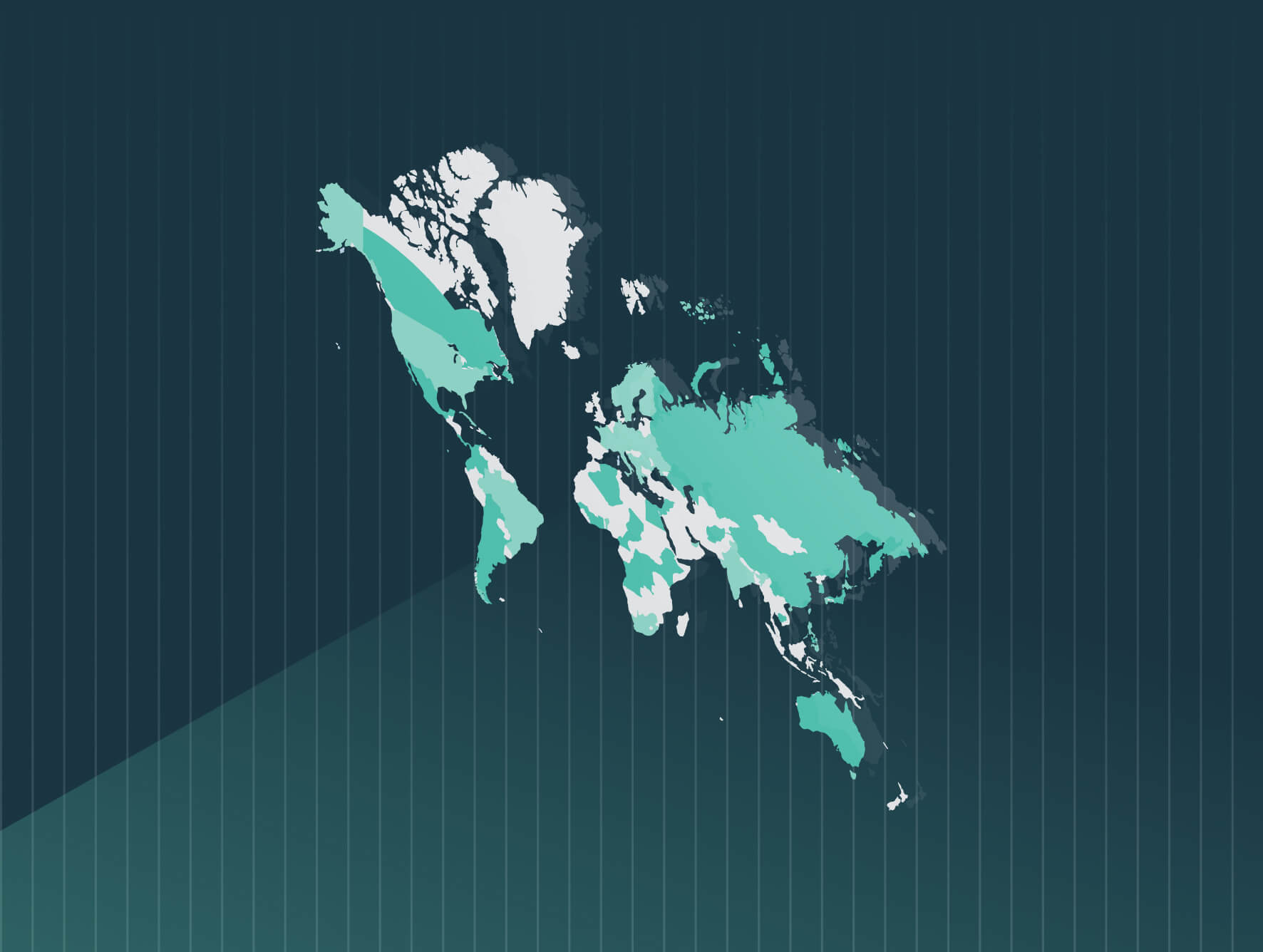New labor market data revealed job seekers’ salary expectations have risen significantly from the previous year. The triannual survey from the Federal Reserve Bank of New York found the lowest average wage respondents would be willing to accept for a new job is $81,822. This is up from $73,391 in November 2023.
There are various potential reasons for this drastic increase in pay expectations, with inflation chief among them. However, regardless of the factors, the reality of the situation puts added pressure on employers’ compensation levers in recruitment. And, in turn, increases the chances of exacerbating pay inequity at your organization.
Thus, how should your organization proceed in its quest to add talent, while also adhering to your compensation philosophy with pay equity at the forefront?
Maintain Core Principles
Despite various recession signals in the past calendar year, the labor market remains tight. The April jobs report revealed the U.S. economy is still adding jobs and the unemployment rate (3.9%) remains low.
Thus, competition for talent remains fierce, which naturally inflates the cost of labor. Compensation philosophies and principles can fall by the wayside amid the hiring process. A “rob Peter to pay Paul” effect creeps its way into an organization and the cracks of your once sound compensation foundation begin to show.
As we’ve previously noted, every compensation decision is an opportunity to help prevent, or potentially worsen, a pay inequity. For this reason, compensation decisions should be in alignment with internal equity at every stage of the employee lifecycle.
New-hire pay decisions are no exception.
Leverage Software to Prevent Pay Inequity at the Time of Hire
Conducting more frequent pay equity analysis should better inform decision making when it comes to adapting to labor market conditions. Pay equity software tools can also support your ability to offer competitive market salary ranges while maintaining internal equity.
If you’ve established your Pay Analysis Groups and identified your Wage Influencing Factors, your process for determining appropriate salary ranges to attract the right candidates is streamlined.
However, rogue actors within the organization can easily disrupt well-intentioned plans. Therefore, you need to deploy a cohesive approach.
Ensure Organizational Buy-In
If you create a sound compensation philosophy with core principles but fail to effectively communicate it, there will be no buy-in. It’s akin to building a structurally magnificent ship to sail the sea but forgetting to provide the crew a compass.
Priority No. 1 is ensuring you have a sound compensation philosophy in place. If that’s established, now is a good time to prepare recruiters and hiring managers accordingly. Here are some useful tips to communicate:
- Present the data. In addition to training recruiters and managers on how they should communicate pay decisions, provide them with the data rationale. This will help underscore the importance of executing the compensation plan amid the hiring process.
- Double down on pay transparency. Ideally, you are disclosing an accurate and targeted salary range on the initial job posting. If you are, then your candidate pool understands the pay range going in. Make sure your recruiters are armed with the knowledge as to why the range is what it is, and are providing details about where a candidate is likely to fall within that range, based on experience, skills and other WIFs. And ensure your hiring managers can reiterate as much.
- Provide restraints. Upfront salary ranges minimize the likelihood of a hiring manager feeling pressured to go above an initial offer. But, during a tight labor market, top talent could be motivated to ask above the range based on another organization’s offer. Protocols should be in place to account for this scenario.
Ultimately, the hiring manager needs to understand whether going beyond an established pay range will create inequity within their team. And, in many cases, it will make it less likely for the new employee to receive pay raises commensurate with performance because they came in at the top end of a range. This can lead to a poor employee experience that could have easily been avoided.
Ultimately, it’s on you to guide your decision-makers during the hiring process to maintain pay equity during a tight labor market.
Leverage Pay Equity Software
Navigating external market pressures, such as increased pay expectations, can test your compensation principles. If you’ve done the requisite work of a pay equity analysis you can proceed with confidence in these situations.
Pay equity software expedites this process and helps you adapt quickly to dynamic external and internal factors that influence wages. Pay equity is an ongoing process, and your situation can change over time. In those instances, remediation might be required.
Complementing your pay equity analysis with Salary Range Finder will provide you with a more comprehensive approach that will ensure your pay equity efforts stay on track with evolving organization and workforce dynamics.
Most importantly, you can prevent pay inequity by ensuring fair and competitive pay at the time of hire.








